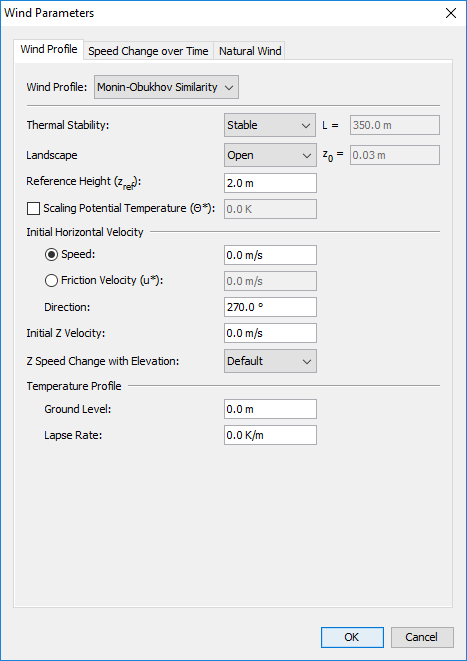

(2008) determined an overall increase of 2.6 W m–2 per decade over the 1990s, in line with model projections and the expectations of an increasing greenhouse effect.


Downward thermal radiation observations started to become available during the early 1990s at a limited number of globally distributed terrestrial sites. Long-term measurements of the thermal surface components as well as surface net radiation are available at far fewer sites than SSR. Thermal radiation, also known as longwave, terrestrial or far-IR radiation is sensitive to changes in atmospheric GHGs, temperature and humidity.


 0 kommentar(er)
0 kommentar(er)
